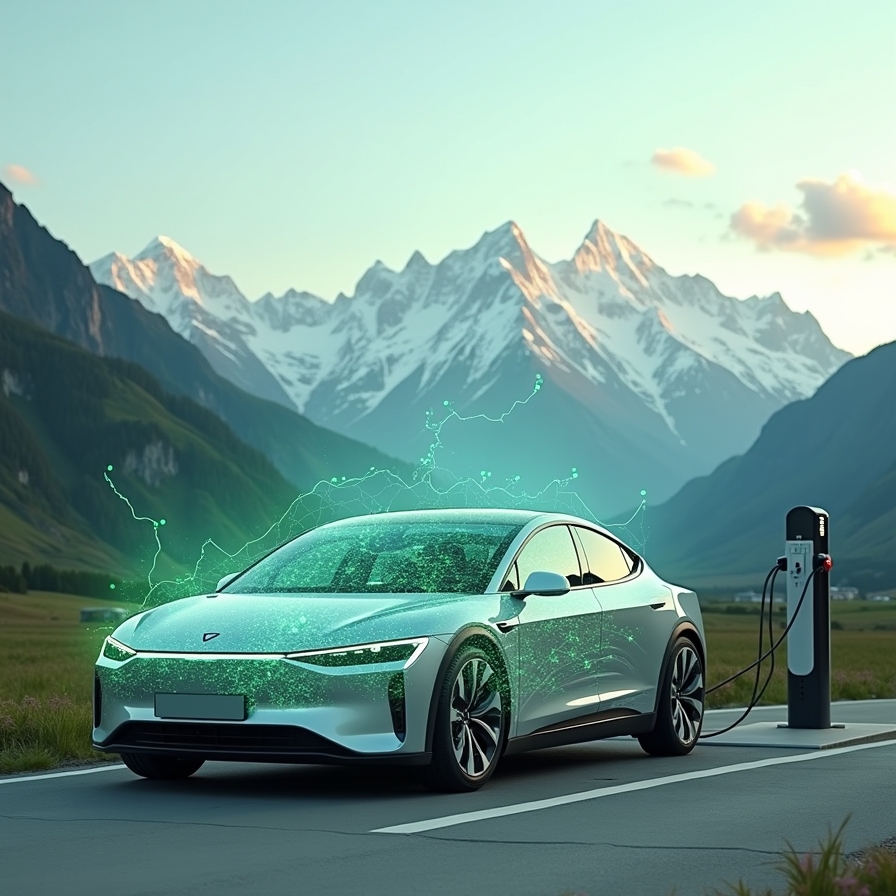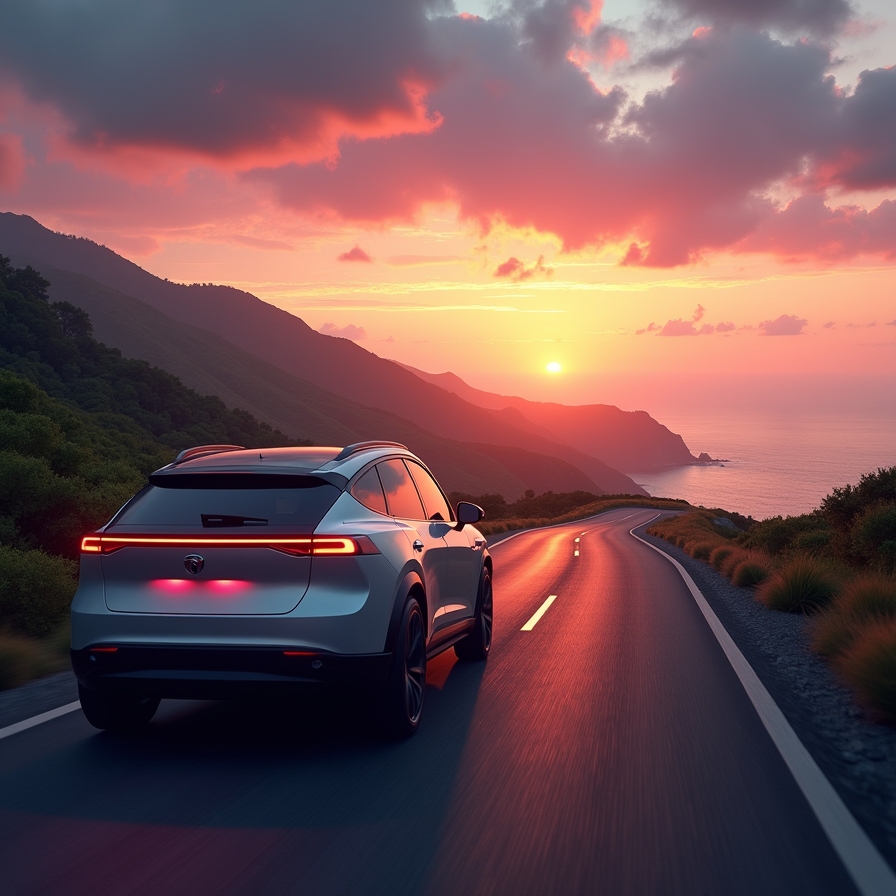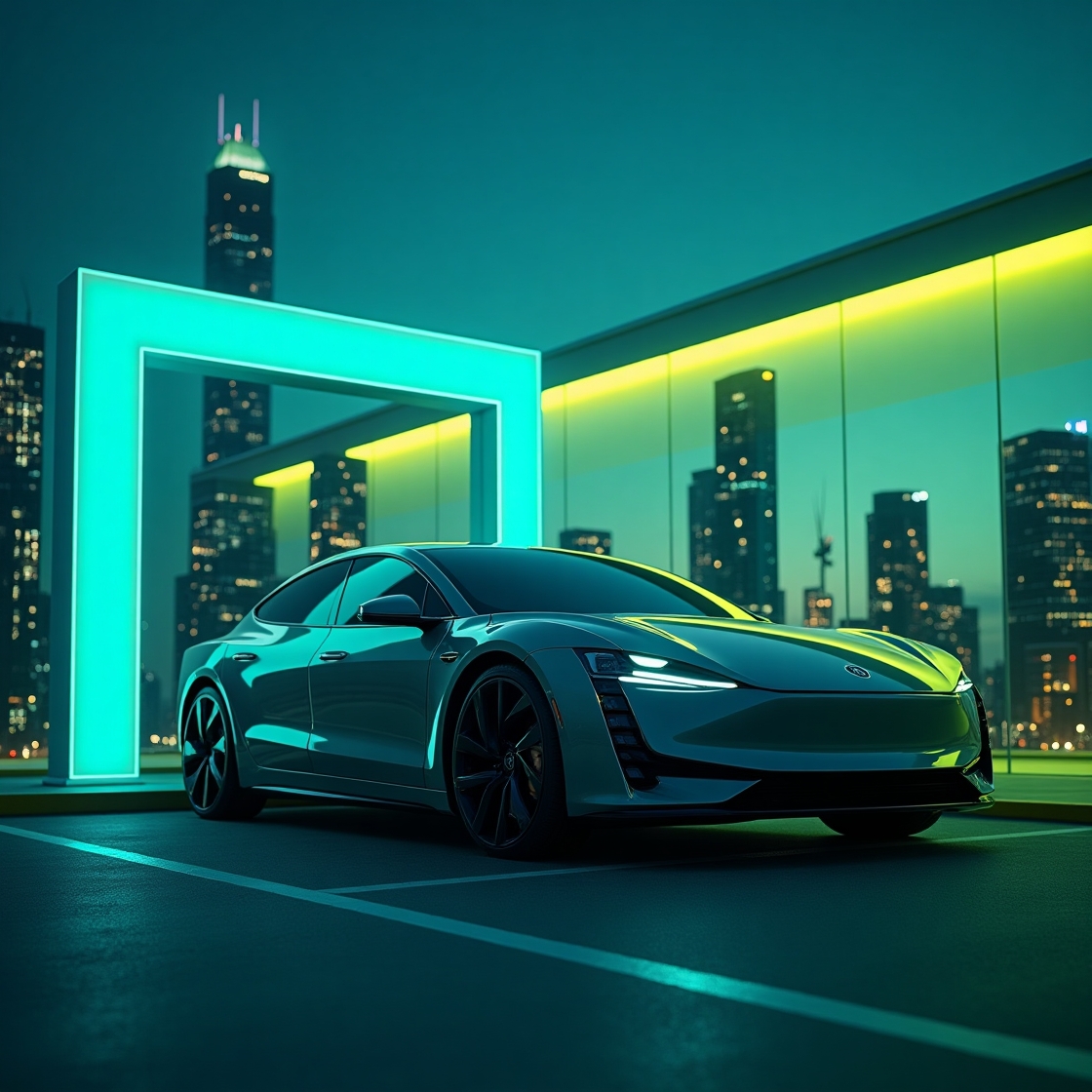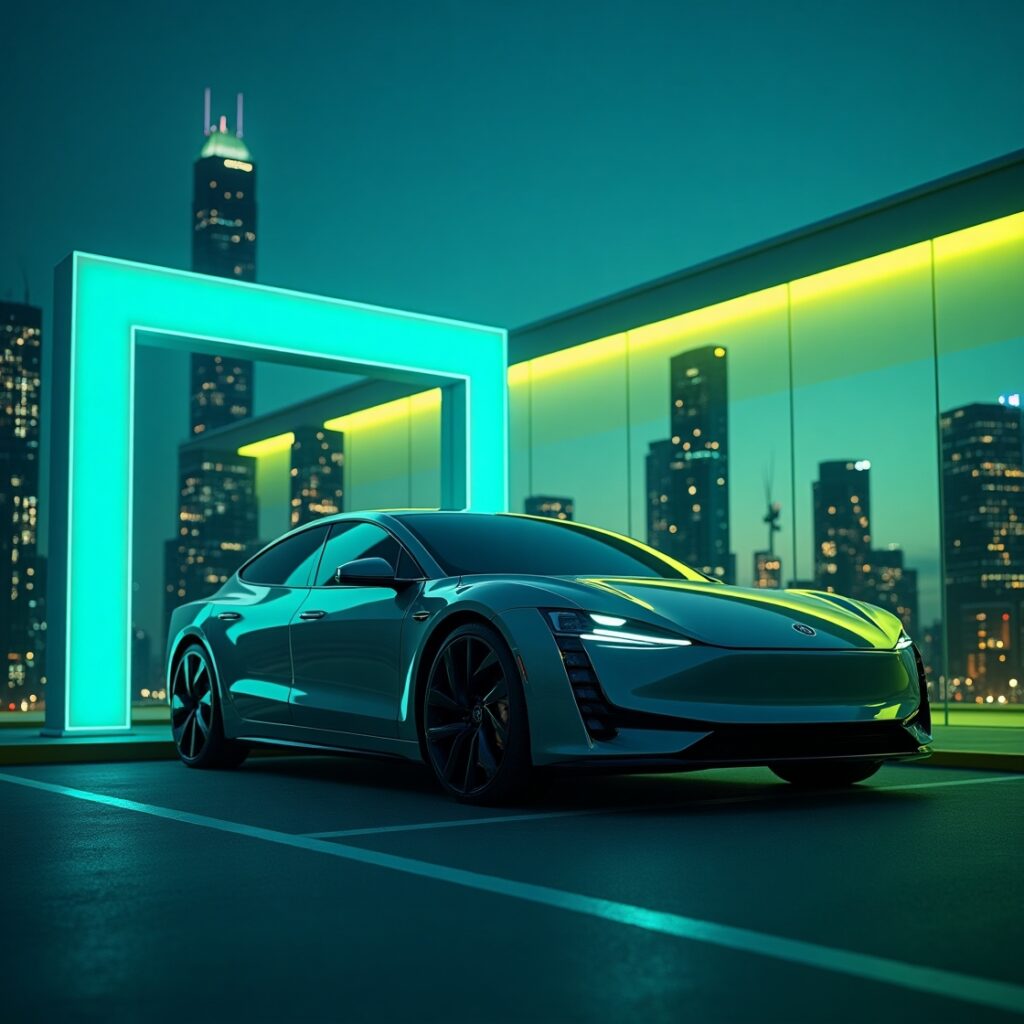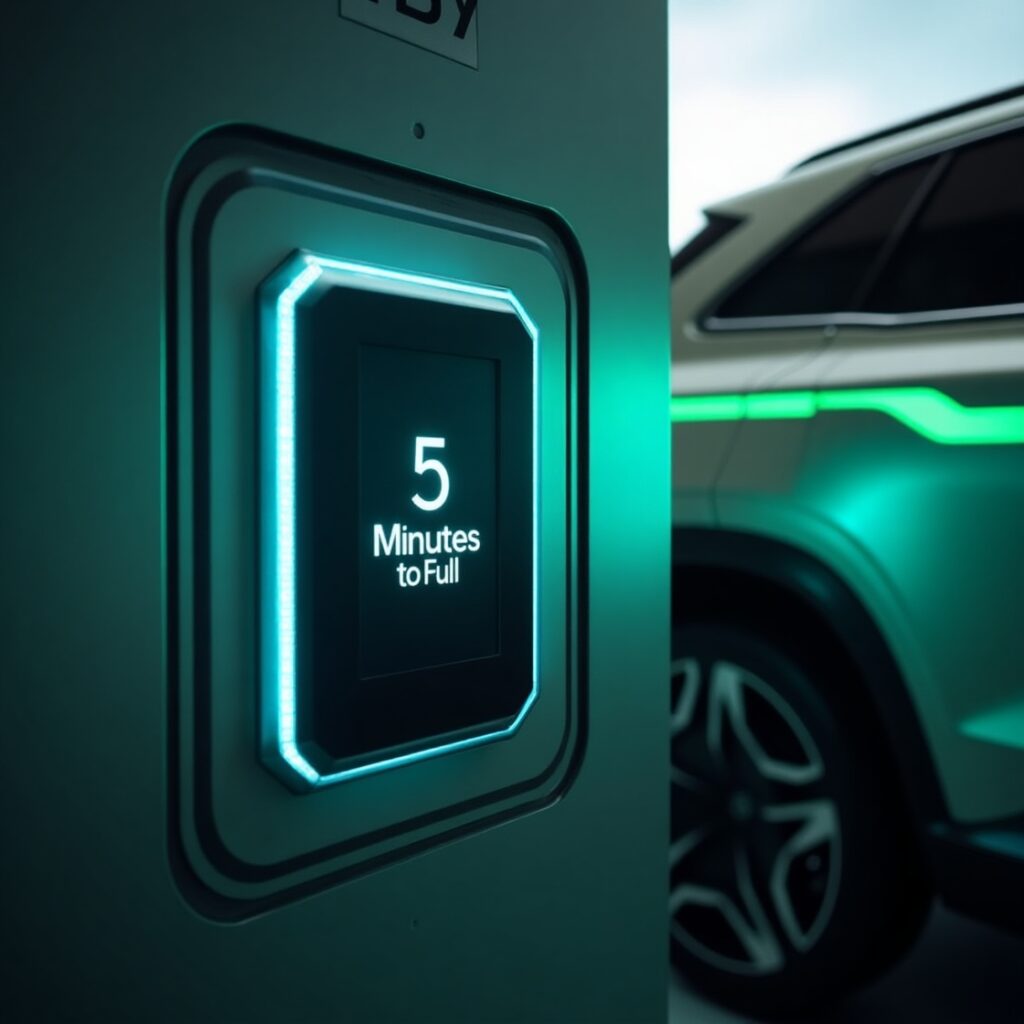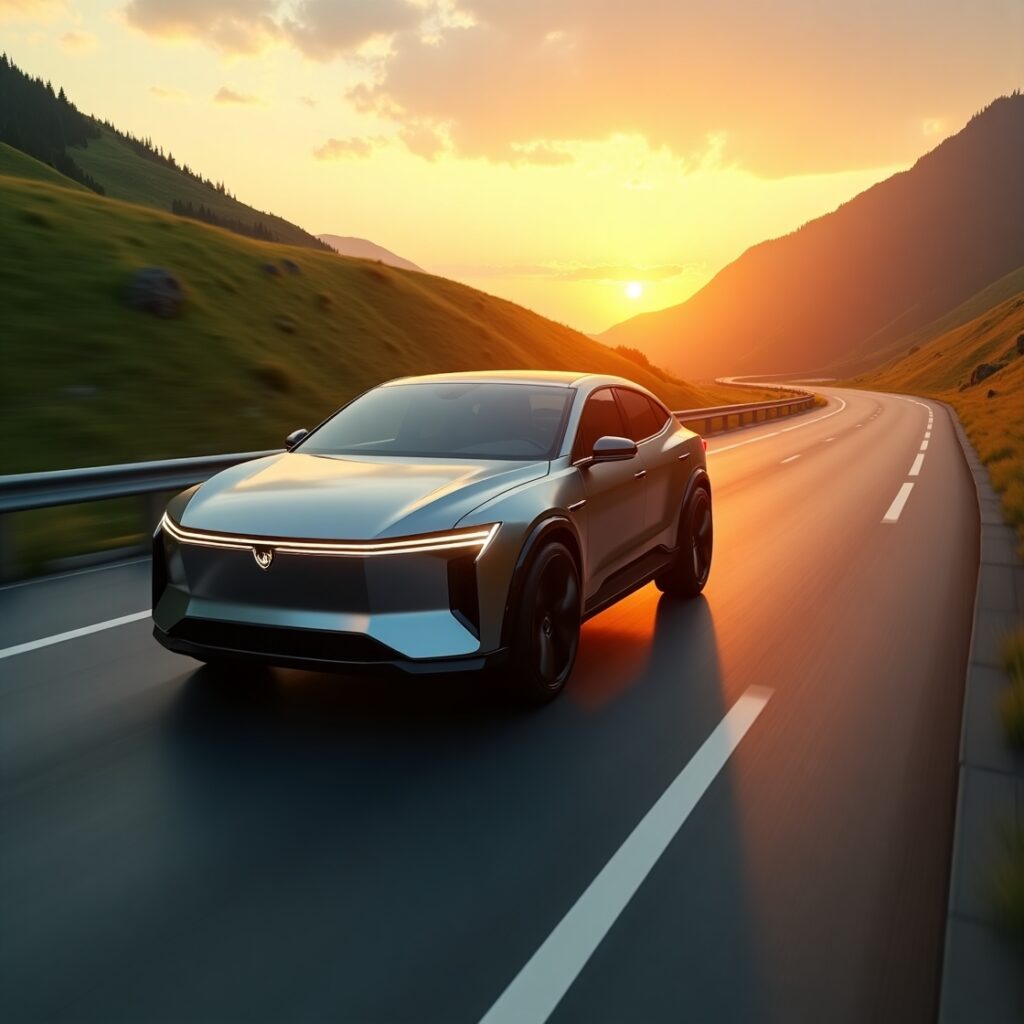Starting a zero-waste lifestyle may seem overwhelming at first, but it doesn’t have to be complicated. Small, manageable changes can lead to significant progress over time. By swapping everyday items for eco-friendly alternatives, you can reduce your environmental footprint and embrace a more sustainable way of living. Here are seven simple swaps to kick-start your journey toward a zero-waste home.
1. Ditch Plastic Wrap for Beeswax Wraps

Plastic wrap is convenient but contributes heavily to plastic pollution. Beeswax wraps offer a sustainable, reusable alternative for covering bowls, wrapping sandwiches, or storing produce. Simply wash them with cold water and mild soap, and they’re ready to use again. Over time, this one small swap can eliminate hundreds of single-use plastics from your kitchen.
2. Replace Paper Towels with Cloth Towels
Instead of buying roll after roll of paper towels, switch to reusable cloth towels. Old t-shirts, flannel scraps, or specially designed “unpaper” towels work perfectly. They are absorbent, easy to wash, and dramatically reduce paper waste. Keeping a basket of clean cloths handy makes it easy to grab one whenever needed.
3. Opt for Bulk Shopping with Reusable Bags and Containers
Buying dry goods, spices, and even liquids like oils in bulk reduces packaging waste. Bring your own cloth bags and glass jars to the store to cut down on unnecessary plastic. Many zero-waste stores and co-ops encourage this practice. Even partial bulk shopping can make a noticeable difference in the amount of trash your household generates.
4. Switch to Refillable Cleaning Products
Traditional cleaning products come in single-use plastic bottles, but more brands now offer refills or concentrate pods. Better yet, make your own natural cleaners with simple ingredients like vinegar, baking soda, and lemon. Not only does this reduce waste, but it also limits your exposure to harsh chemicals.
5. Upgrade Your Personal Care Routine for Zero-Waste Home
Bathroom waste adds up quickly, from shampoo bottles to disposable razors. Consider solid shampoo bars, bamboo toothbrushes, reusable razors, and homemade skincare products. Many sustainable brands offer packaging-free or compostable alternatives that work just as effectively as conventional options.
6. Say Goodbye to Disposable Coffee Pods
Single-use coffee pods are notoriously wasteful. Instead, use a French press, pour-over coffee maker, or reusable coffee pods. Not only are these methods better for the planet, but they also enhance the flavor and experience of your daily coffee ritual.
7. Compost Food Scraps and Biodegradable Materials help achieve Zero-Waste Home

Food waste is a significant environmental issue. Composting transforms kitchen scraps into nutrient-rich soil for gardens or houseplants. Whether you have a backyard or live in an apartment, options like vermicomposting bins or community compost drop-offs make it easy to participate. Composting reduces landfill waste and closes the loop by returning nutrients to the earth.
Final Thoughts for Zero-Waste Home
Transitioning to a zero-waste lifestyle doesn’t happen overnight, but every small swap contributes to a larger impact. Choosing reusable, compostable, and sustainable alternatives not only reduces the waste you produce but also encourages mindful consumption. Start with one or two swaps today, and gradually add more as you build confidence. Remember, progress—not perfection—is the goal on the path to a greener future.



